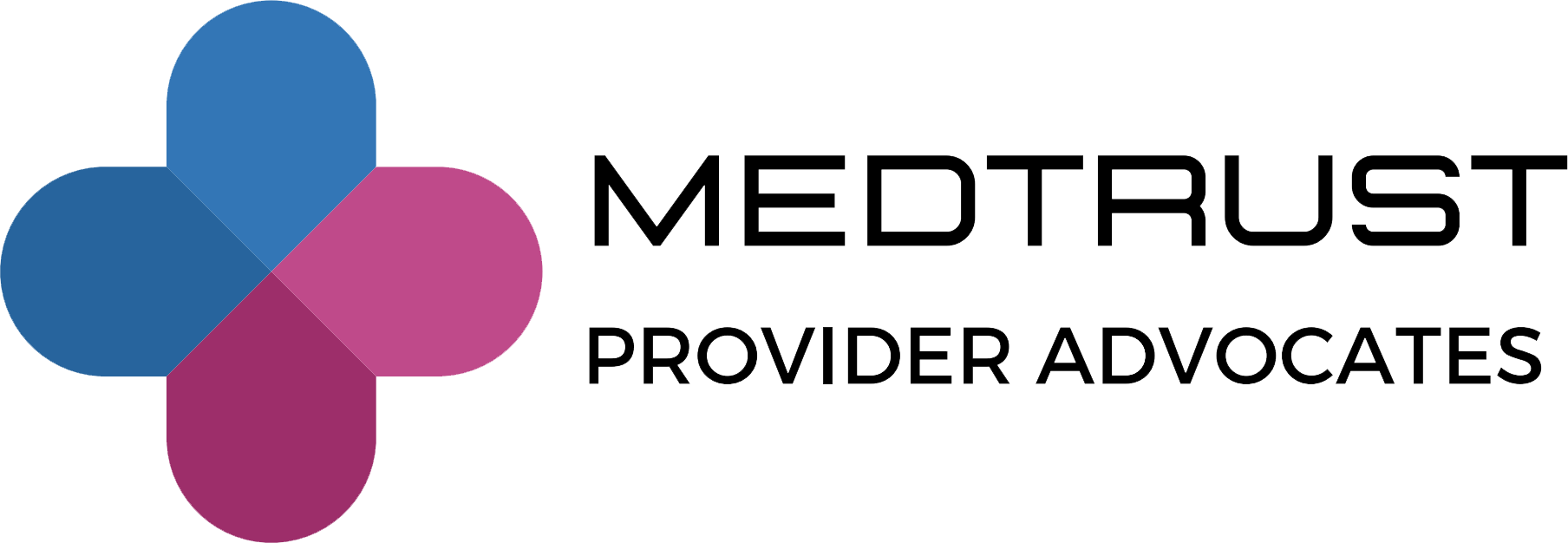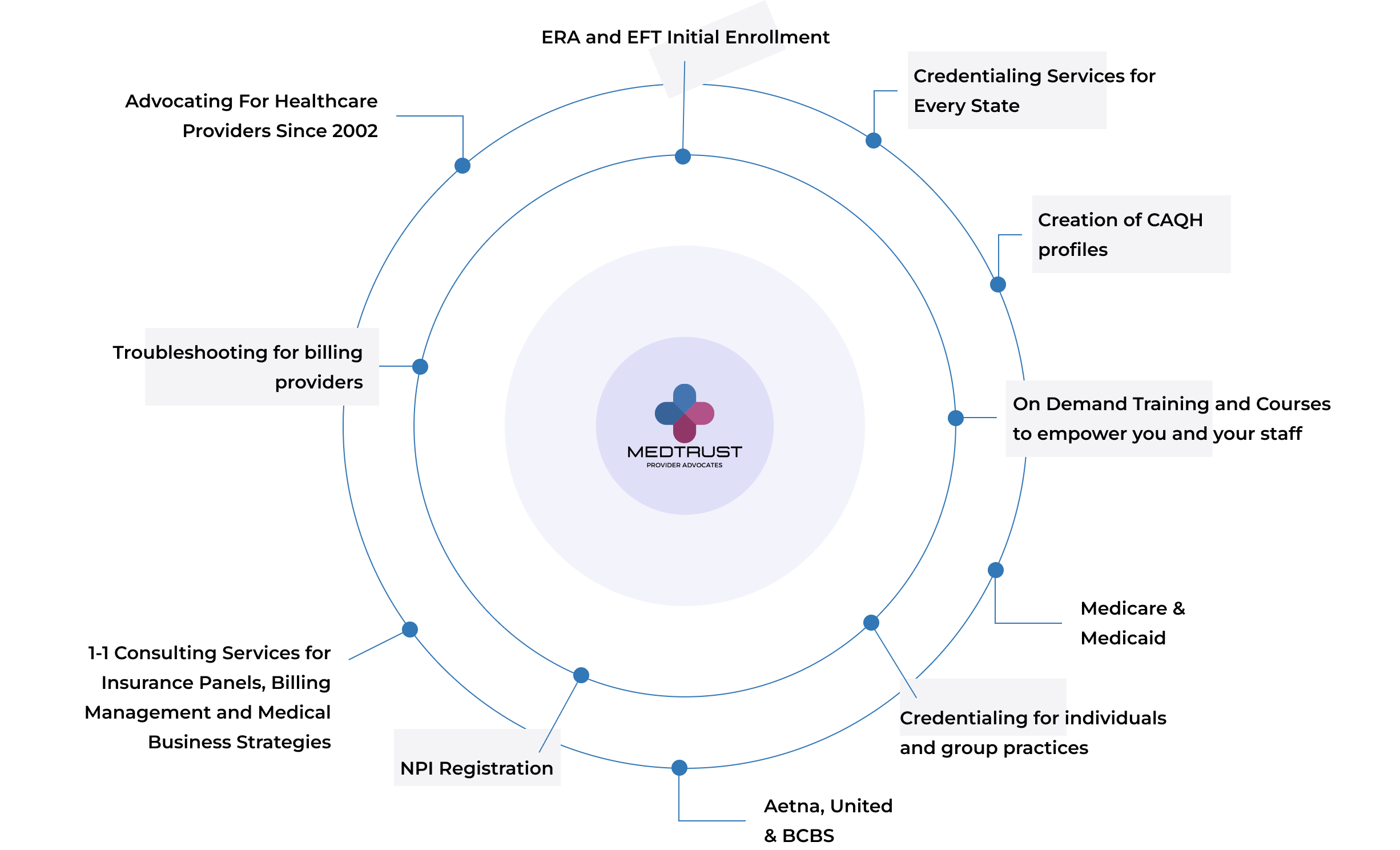The Importance of Efficient Healthcare Credentialing
Efficient healthcare credentialing is crucial for ensuring patient safety, maintaining organizational integrity, and upholding regulatory compliance in the healthcare field. This process verifies the qualifications, training, and experience of healthcare professionals, thereby mitigating risks associated with incompetent practitioners.
Efficient healthcare credentialing is crucial for several reasons:
- Patient Safety: It ensures that healthcare providers are qualified and competent to deliver care, minimizing the risk of errors.
- Revenue Cycle: Reduces claim denials and speeds up reimbursements, improving the financial health of healthcare organizations.
- Compliance: Helps healthcare facilities adhere to regulatory standards and avoid legal issues.
- Provider Satisfaction: Streamlines the onboarding process for new providers, improving their experience and satisfaction.
- Reputation: Enhances the reputation of healthcare organizations by demonstrating their commitment to quality care.
Inefficient credentialing can lead to significant delays, increased costs, and potential risks to patient safety. It is therefore essential for healthcare organizations to prioritize and optimize their credentialing processes.
Key strategies and best practices to streamline and optimize the credentialing process:
Embrace Technology and Automation:
- Credentialing Software: Invest in dedicated credentialing software or platforms that automate many manual tasks, such as data entry, document management, and verification processes. These systems can significantly reduce processing time and minimize errors.
- Electronic Data Interchange (EDI): Utilize EDI for exchanging credentialing information electronically with payers and other entities, eliminating the need for paper-based processes and speeding up communication.
- Automated Verification Services: Leverage automated services that connect directly with primary sources (e.g., medical schools, licensing boards) to verify provider credentials quickly and accurately.
Centralize and Standardize Processes:
- Centralized Credentialing Database: Maintain a centralized database to store and manage all provider credentialing information, ensuring data consistency and accessibility.
- Standardized Forms and Procedures: Develop standardized forms and procedures for credentialing applications and verification processes to minimize confusion and streamline workflow.
- Delegated Credentialing: Consider delegating credentialing responsibilities to a dedicated team or individual to ensure consistency and efficiency.
Optimize Primary Source Verification:
- Direct Communication: Establish direct communication channels with primary sources to expedite verification requests and reduce turnaround time.
- Online Verification Tools: Utilize online verification tools provided by licensing boards, medical schools, and other credentialing bodies to quickly confirm provider credentials.
- Document Tracking: Implement a robust document tracking system to monitor the status of verification requests and ensure timely completion.
Proactive Communication and Follow-up:
- Clear Communication: Maintain clear and consistent communication with providers throughout the credentialing process, providing updates and addressing any questions or concerns.
- Timely Follow-up: Conduct timely follow-up on verification requests and pending applications to prevent delays and ensure a smooth process.
- Automated Reminders: Use automated reminders to notify providers of upcoming deadlines and required documentation.
Continuous Improvement and Monitoring:
- Performance Metrics: Track key performance indicators (KPIs) related to credentialing turnaround time, accuracy, and provider satisfaction to identify areas for improvement.
- Regular Audits: Conduct regular audits of credentialing processes and documentation to ensure compliance with regulatory requirements and organizational standards.
- Feedback Mechanisms: Establish feedback mechanisms to gather input from providers and staff on ways to enhance the credentialing experience.
By implementing these strategies, healthcare organizations can achieve efficient credentialing processes, reduce administrative burden, and ensure that qualified providers are available to deliver timely and high-quality patient care.

